View of Rome and its surroundings (plate 76 of volume 3), 1810
after Claude Gellée, known as Le Lorrain (1600 – 1682)
Etching and aquatint
composition : 152 x 238 mm
inscription: in bottom left "Claude delint. / No. 76"; bottom, middle: "Pub. Decr. 1.1810, by Boydell & Co No. 90 Cheapside, London. / From the Original Drawing in the Collection of Joseph Farrington Esqr."; bottom right: "R. Earlom, sculpt." Print carefully framed, under glass Dimensions with frame: 33 x 41.5 cm
* * *
Beautiful print, very well preserved, from the 3rd volume of prints by Richard Earlom after the drawings of Claude Lorrain. The composition, perfectly balanced, is full of the poetic and passionate feeling of the most remarkable French landscape painter of the 17th century.
Our print has not been examined outside its frame, but the frame measurements (33 x 41.5 cm) indicate that the original sheet (300 x 440 mm) was unfortunately cut. Apart from that, the composition is beautifully fresh, with only slight white dots, near the trees in the foreground on the right. More photographs on request.
* * *
We gladly cite the catalogue entry written by the Geneva Museum of Art and History, which very well summarizes the context of creation, by Richard Earlom, of this set of nearly 300 prints:
“ An exceptional document, the Liber Veritatis (Book of Truth) is an album of drawings in which Claude Lorrain reproduces 200 of his paintings from 1635 to his death. Aware of his success, he thus sought to protect his work from false attributions and imitations, thanks to a veritable “catalogue raisonné” allowing his paintings to be authenticated, dated and studied. The album was acquired by William Cavendish, second Duke of Devonshire in 1720. Kept in the British Museum since 1952, it was dismembered in 1976 for conservation reasons. The main testimony to the influence of Liber Veritatis is the version engraved by Richard Earlom. Commissioned by the publisher John Boydell, this two-volume book was produced between 1774 and 1777.
A third volume was published in 1819, with the reproduction of additional drawings. The engraver used etching to delineate the shapes, and aquatint and black style for the backgrounds. These last two techniques, widely used in the 18th century, made it possible to obtain chiaroscuro effects close to those of painting and wash. Other artists were inspired by the Liber Veritatis to establish a categorization of landscape painting, such as William Turner in his Liber Studiorum (Study Book) in 1807."
Volume III of these prints based on drawings by Claude Lorrain, from which our print comes, is entirely available online, for your viewing pleasure, by following this link from the New York Public Library: https://digitalcollections.nypl.org/collections/liber-veritatis-or-a -collection-of-prints-after-the-original-designs-of-claude#/?roots=2:8bfb2d90-50c7-0132-2eb8-58d385a7bbd0





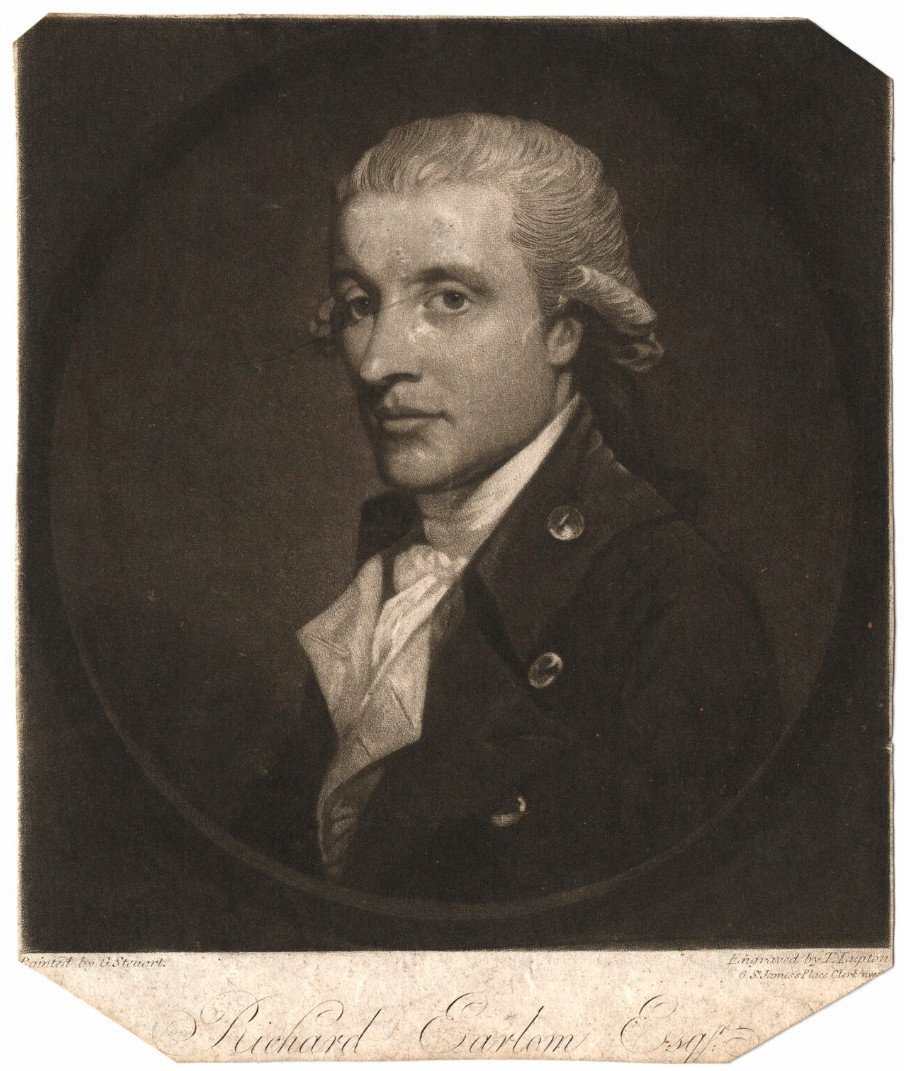





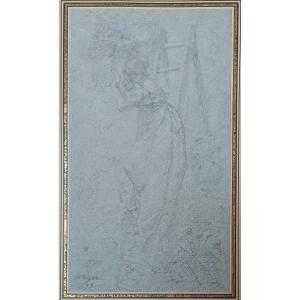
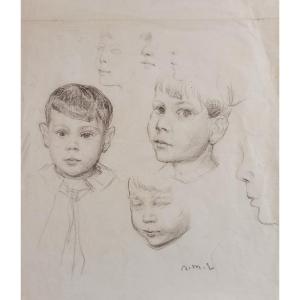


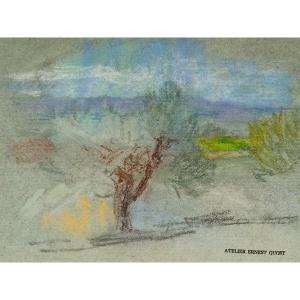
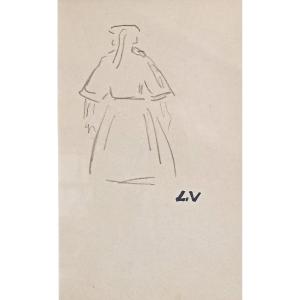
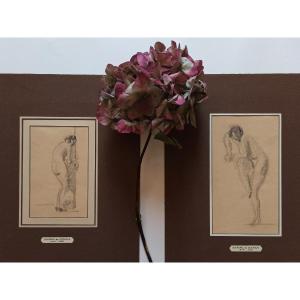
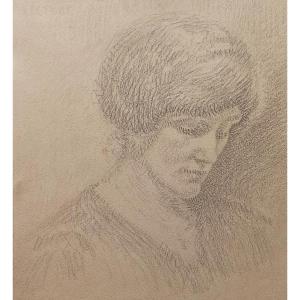


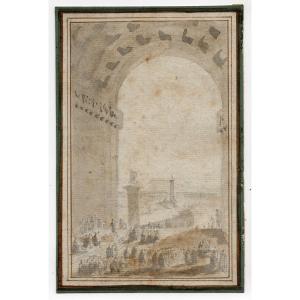


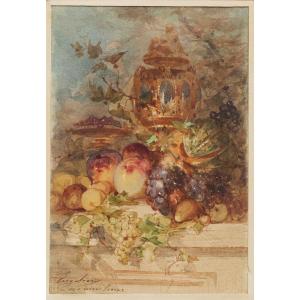

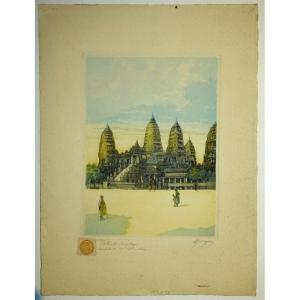






 Le Magazine de PROANTIC
Le Magazine de PROANTIC TRÉSORS Magazine
TRÉSORS Magazine Rivista Artiquariato
Rivista Artiquariato